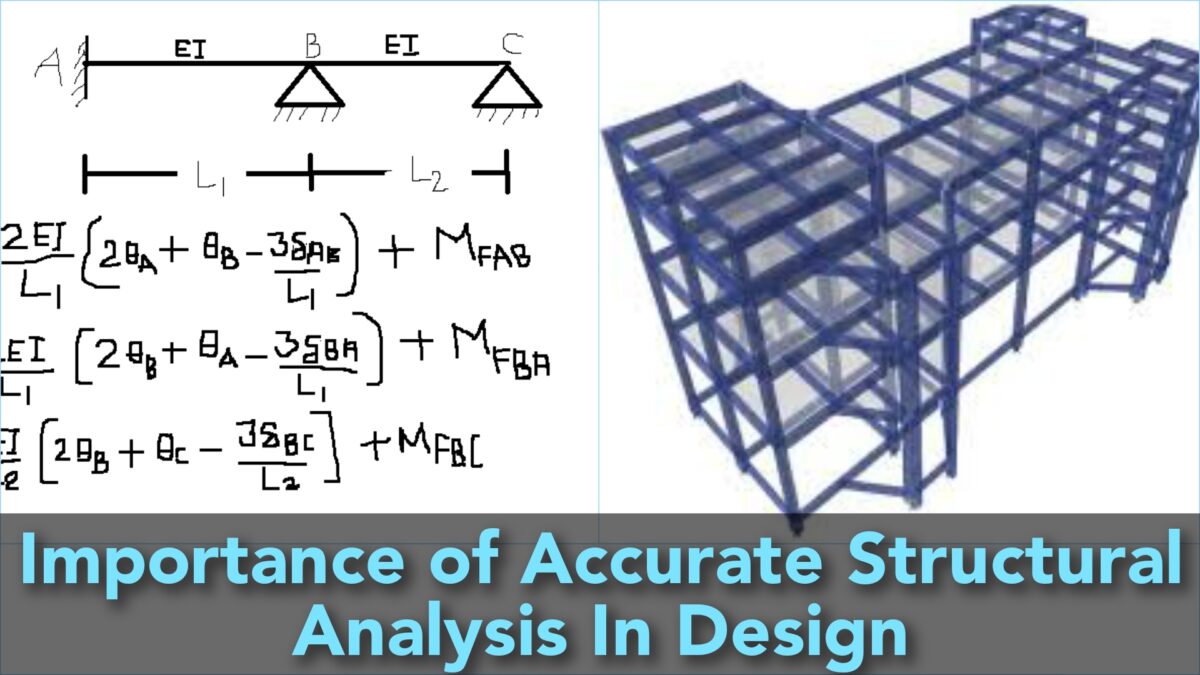In structural analysis, designers and engineers examine buildings and other structures to ensure their safety, efficiency, and durability.

This involves modeling the structure using computer-aided design software and performing calculations to determine the loads the structure will be subjected to.
Engineers consider factors such as the strength of materials and stress concentrations, using computer simulations to test different scenarios and determine the best design for the structure.
Builders then construct the structure according to the plans, and quality control measures ensure that the materials are of high quality and the structure is built to specifications.
After construction, engineers may conduct further testing to ensure the structure is safe and meets requirements.
Accurate structural analysis is crucial to prevent failure or collapse, which could cause injury, loss of life, or property damage.
Accurate structural analysis can also save costs in the long run by reducing the need for expensive repairs or modifications.
By identifying potential problems early on, designers can ensure the structure is safe and durable, which can save money by reducing the need for costly repairs or modifications in the future.
Furthermore, accurate structural analysis can improve the efficiency of a design by helping designers make informed decisions about which materials to use and how to optimize the design for maximum efficiency.
This can result in structures that use less energy and are more sustainable over the long term.
Accurate structural analysis is a critical aspect of the design process that ensures the safety, efficiency, and durability of buildings and other structures.
Through careful planning, testing, and quality control, engineers can create structures that are safe, efficient, and beautiful, while minimizing the risk of failure or collapse.
